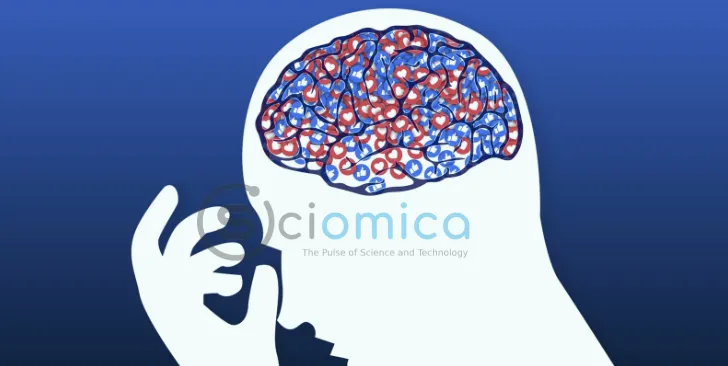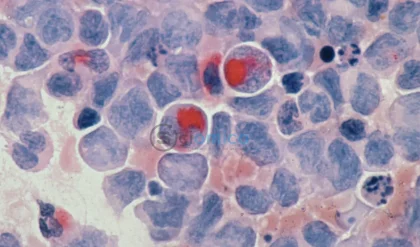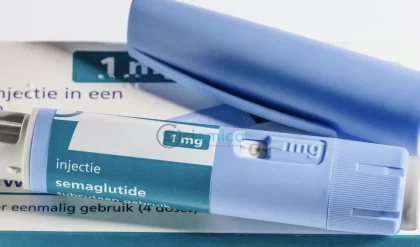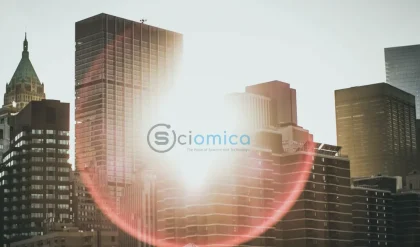
Major depressive disorder (MDD) is a prevalent mental health condition that adversely impacts an individual’s mood and results in a marked loss of interest in activities previously enjoyed. It contributes to cognitive impairments and forgetfulness, severely affecting social interactions and job performance. Recent research suggests that several immune factors and cells, particularly brain glial cells, play a crucial role in triggering neuroinflammation that is closely linked with the onset of MDD.
Among these glial cells, microglial cells serve as the primary immune entities within the central nervous system (CNS). They manage inflammatory responses by producing pro-inflammatory cytokines, which act as chemical messengers. While extensive evidence supports the neuroinflammatory functions of microglial cells, the specific contributions of astrocytes—a distinct type of glial cell—have remained largely ambiguous until now. To clarify the function of astrocytes in neuroinflammation and the pathology of MDD, a research team led by Dr. Gaurav Singhal from the University of Wisconsin’s Department of Surgery has conducted an extensive literature review, aiming to unveil the complexities of these cellular interactions. Their findings are set to be published in the journal Neuroprotection.
Dr. Singhal emphasizes the significance of addressing MDD, noting, “With over 280 million individuals impacted across diverse demographics, MDD stands as one of the leading causes of disability globally. Furthermore, the economic implications are staggering, costing the United States more than $326 billion annually. Understanding astrocytes’ influence on neuroinflammation could pave the way for new therapeutic strategies for combating depression and related psychiatric disorders.”
To achieve their objectives, the research team embarked on a thorough literature search utilizing well-known scientific databases like PubMed and Google Scholar. They meticulously scrutinized 226 studies concerning astrocytes, neuroinflammation, and depression, adhering closely to the Preferred Reporting Items for Systematic Reviews and Meta-Analyses (PRISMA) guidelines to maintain the integrity of their work.
Their findings revealed that astrocytes play an essential role in preserving the structural integrity of synaptic junctions among neurons. Notably, the release of neurotrophic factors, including brain-derived neurotrophic factor and fibroblast growth factor-2 by astrocytes, is vital for fostering neurite growth and synapse formation. They also discovered that astrocytes stabilize the tripartite synapse—comprising two neurons and an astrocyte—facilitating communication through the regulation of the ionic environment. However, alterations in the morphology and function of astrocytes were found to correspond with decreased synaptic connectivity, a factor linked to the emergence of depressive symptoms.
The research also identified a critical interaction between activated microglia and astrocytes that leads to chronic neuroinflammation in MDD. This activation begins with the release of pro-inflammatory cytokines, such as tumor necrosis factor-α and interleukin-1, from microglia, which then instigates the secretion of additional inflammatory substances from astrocytes, intensifying the neuroinflammatory response.
Dr. Singhal elaborates on the intricate molecular interactions between microglia and astrocytes during MDD, stating, “Elevated intracellular calcium levels within astrocytes can initiate the release of adenosine triphosphate (ATP), subsequently activating microglial cells. After several cycles of astrocytic ATP release, microglial cells may undergo apoptosis, or programmed cell death.”
Moreover, preclinical studies involving mice have highlighted the significance of the astrocytic enzyme lactate dehydrogenase A, which is crucial for lactate production and sustaining neuronal excitability. A process termed histone lactylation—where lactate molecules attach to histone proteins in DNA—has been implicated in modifying gene expression, further driving astrocyte-mediated neuroinflammation.
Collectively, this research underscores the intricate molecular mechanisms responsible for astrocytic dysfunction, where these cells shift from a protective role to one that exacerbates neuroinflammation, thereby amplifying the pathological processes associated with major depressive disorder.
Reference:
- Gaurav Singhal, Saurabh Singhal, Bernhard T. Baune. Role of astrocyte in neuroinflammation‐induced loss in neuroplasticity and subsequent onset of depression: A systematic review. Neuroprotection, 2025; DOI: 10.1002/nep3.70009






